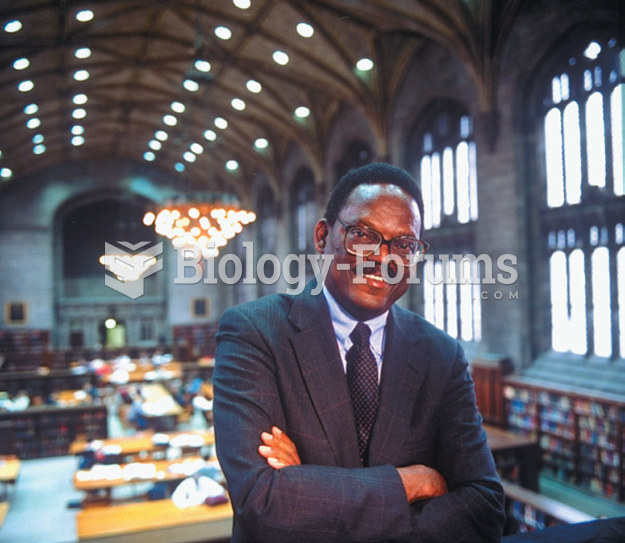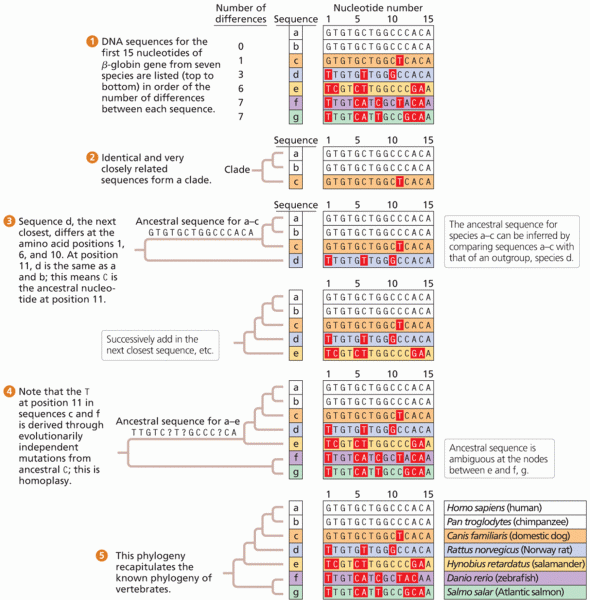Answer to Question 1
The most significant difference between the meaning of race in Puerto Rico and on the mainland is that Puerto Rico, like so many other Caribbean societies, has a color gradient, a term that describes distinctions based on skin color made on a continuum rather than by sharp categorical separations. The presence of a color gradient reflects past fusion between different groups. Rather than seeing people as either black or white in skin color, Puerto Ricans perceive people as ranging from pale white to very black. Puerto Ricans are more sensitive to degrees of difference and make less effort to pigeonhole a person into one of two categories.
The presence of a color gradient rather than two or three racial categories does not necessarily mean less prejudice. Generally, however, societies with a color gradient permit more flexibility, and therefore are less likely to impose specific sanctions against a group of people based on skin color alone. Puerto Rico has not suffered interracial conflict or violence; its people are conscious of different racial heritages. Studies disagree on the amount of prejudice in Puerto Rico, but all concur that race is not as clear-cut an issue on the island as it is on the mainland.
Racial identification in Puerto Rico depends a great deal on the attitude of the individual making the judgment. If one thinks highly of a person, then he or she may be seen as a member of a more acceptable racial group. Several terms are used in the color gradient to describe people racially: blanco (white), trigueo (bronze- or wheat-colored), moreno (dark-skinned), and negro (black) are a few. Factors such as social class and social position determine race, but on the mainland race is more likely to determine social class. This situation may puzzle people from the mainland, but racial etiquette on the mainland may be just as difficult for Puerto Ricans to comprehend and accept. Puerto Ricans arriving in the United States may find a new identity thrust on them by the dominant society.
Answer to Question 2
Despite their citizenship, immigration officials occasionally challenge Puerto Ricans.
Because other Latin Americans attempt to enter the country posing as Puerto Ricans, Puerto Ricans find their papers scrutinized more closely than do other U.S. citizens.
Puerto Ricans came to the mainland in small numbers in the first half of the twentieth century, often encouraged by farm labor contracts similar to those extended to Mexican braceros. During World War II, the government recruited hundreds of Puerto Ricans to work on the railroads, in food-manufacturing plants, and in copper mines on the mainland. But migration has been largely a post-World War II phenomenon. The 1940 census showed fewer than 70,000 Puerto Ricans on the mainland. By 2010, more than 4.6 million Puerto Ricans lived on the mainland and 3.7 million residents lived on the island.
Among the factors that have contributed to migration are the economic pull away from the underdeveloped and overpopulated island, the absence of legal restrictions against travel, and the increasingly cheap air transportation. As the migration continues, the mainland offers the added attraction of a large Puerto Rican community in New York City, which makes adjustment easier for new arrivals.
New York City still has a formidable population of Puerto Ricans (786,000), but significant changes have taken place. First, Puerto Ricans no longer dominate the Latino scene in New York City, making up only a little more than a third of the city's Hispanic population. Second, Puerto Ricans are now more dispersed throughout the mainland's cities.
As the U.S. economy underwent recessions in the 1970s and 1980s, unemployment among mainland Puerto Ricans, always high, increased dramatically. This increase is evident in migration. In the 1950s, half of the Latino arrivals were Puerto Rican. By the 1970s, they accounted for only 3 percent. Indeed, in some years of the 1980s, more Puerto Ricans went from the mainland to the island than the other way around.
Puerto Ricans returning to the island have become a significant force. Indeed, they now are given the name Neoricans, or Nuyoricans, a term the islanders also use for Puerto Ricans in New York. Longtime islanders direct a modest amount of hostility toward these Neoricans, numbering near 100,000, or about 2 percent of the population. They usually return from the mainland with more formal schooling, more money, and a better command of English than native Puerto Ricans. It is no surprise that Neoricans compete very well with islanders for jobs and land.







